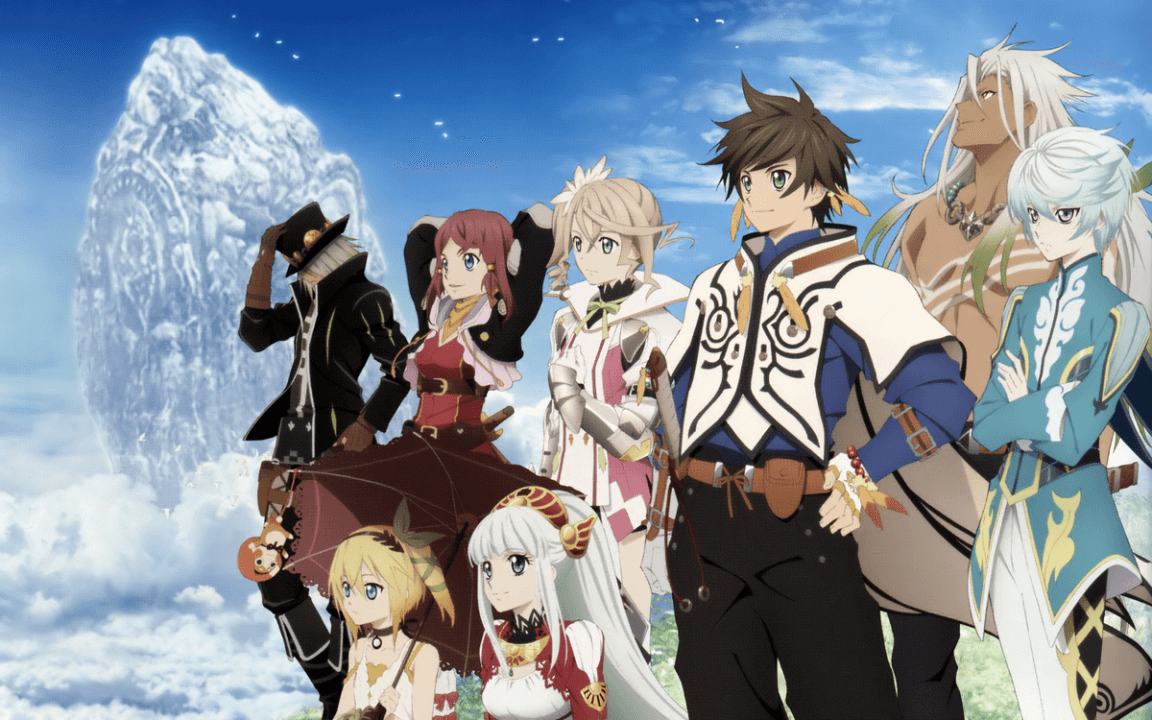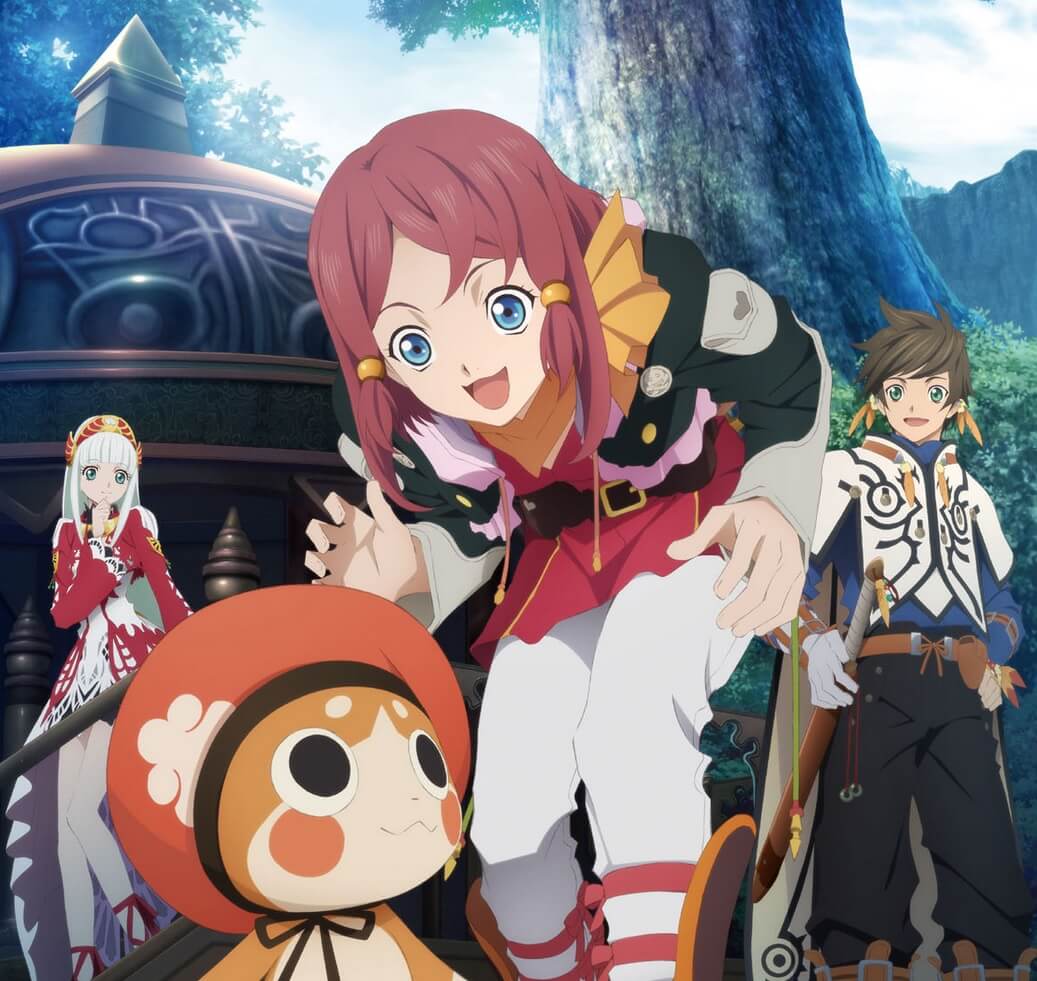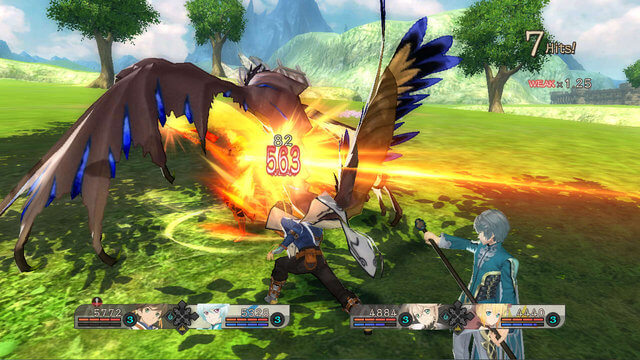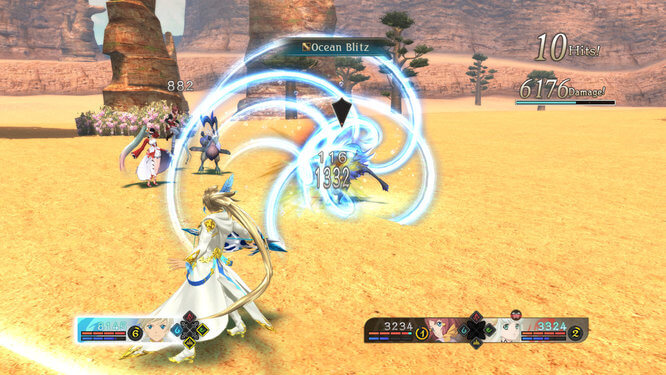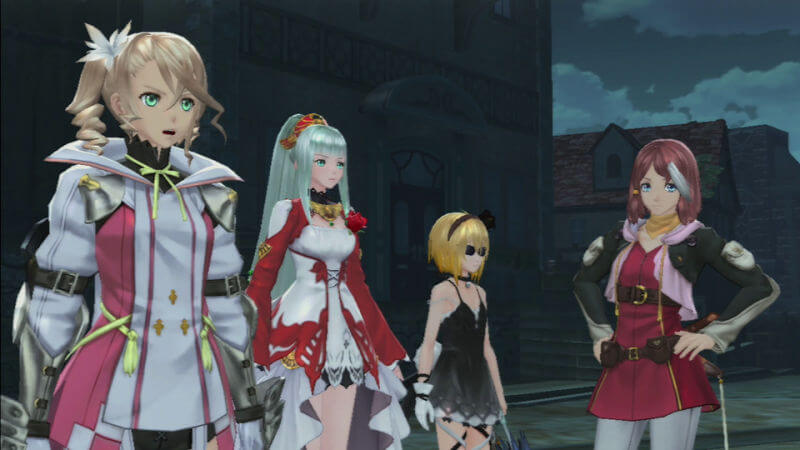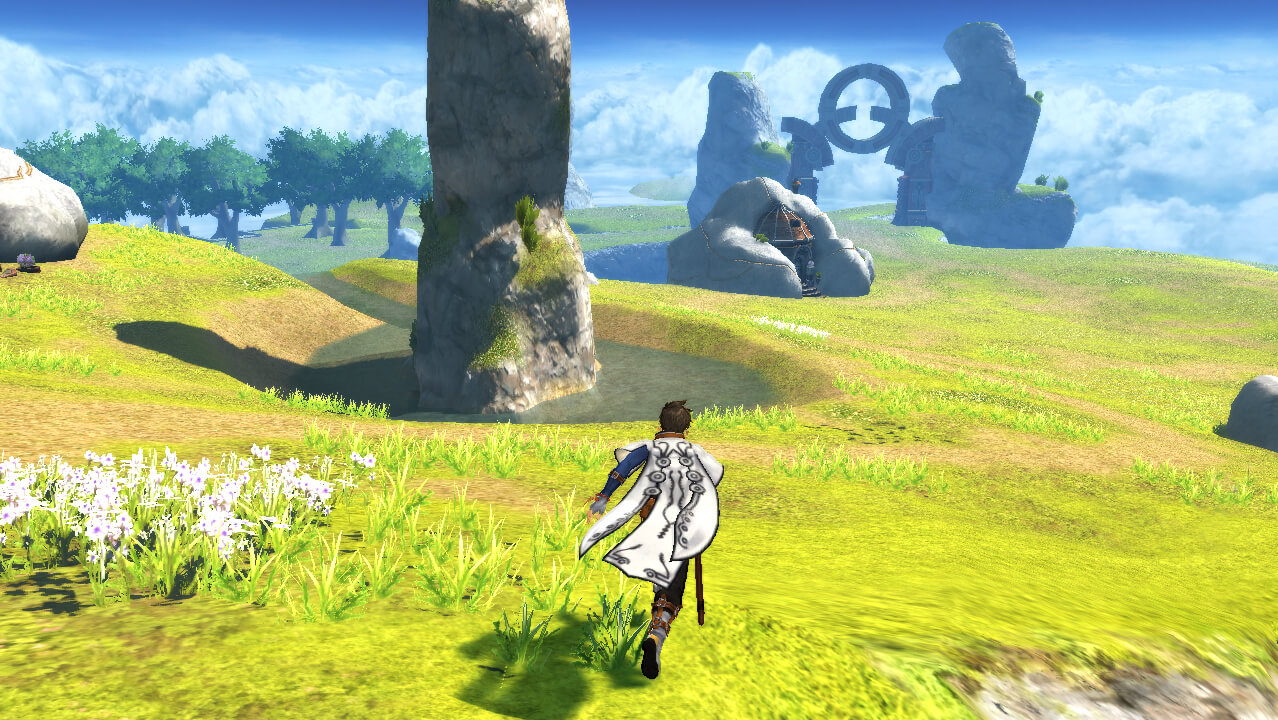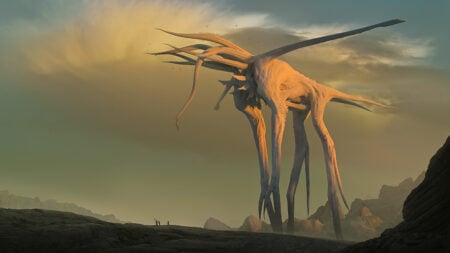Title: Tales of Zestiria
Version Tested: PlayStation 3
Available On: PlayStation 4, PlayStation 3, Microsoft Windows
Developer: Bandai Namco Entertainment, tri-Crescendo
Publisher: Bandai Namco Entertainment
Genre: JRPG
Official Site: Tales of Zestiria
Release Date: North America October 20
Where To Buy: Steam, Local Retailer
Let me preface this review by stating that I am a HUGE fan of the Tales of series.When I initially heard that Tales of Zestiria was receiving poor reviews in Japan, I was convinced that it was just a minority of individuals stirring up controversy, and went into the game with enthusiasm and an open mind. Unfortunately, after playing around 40 hours of the game, my optimism has been crushed. The game isn’t necessarily terrible, but it has many glaring problems, most notably in the areas of story and character development. And because this is a JRPG, where the story and character development is of utmost importance, the game fails to live up to the caliber of many of its predecessors.
STORY AND CHARACTERS
The game follows protagonist Sorey. a human from a village of invisible godlike creatures known as Seraphim. In an uninspired turn of events, Sorey becomes imbued with a special power which turns him into a Shepard, a role which comes with the burden of having to save the world. Along the way, he recruits companions to aid him in his journey to defeat the malevolence plaguing the world. Sorey and friends must travel the world, exploring shrines to in order to become more powerful. The plot feels similar to that of Final Fantasy X, save for the addition of warring human factions.
The protagonist Sorey is a rehash of Jude/Asbel/every other young, idealistic protagonist dominating JRPGs. Sorey takes on a comparable role to Jesus as a Shepard/savior, and as such, cannot ever expose himself to darkness (malevolence). Consequently, you have other characters doing the dirty work for him, allowing him to remain free from corruption.
The cast is a mixed bag. I did enjoy the character Edna, especially her interactions with the otherwise dull Mikleo. Alicia is one of the more interesting characters, as she comes from a royal background but due to her mother’s low social status, she is the farthest from inheriting the throne. Rose is also a good counter for Sorey, as she resembles more of an anti-hero, killing for Sorey when necessary. And Lailah, although often annoying, had insight into the world helped shape the characters perception of right and wrong, which I appreciated. For those new to the Tales of series, this is a great way to get a feel for how other Tales of games traditionally are, for better or worse.
Unfortunately, however, the developers made a few precarious decisions with a couple of characters, haphazardly having them depart/join or do whatever is required of them, without much forethought. Former Tales of games generally had dynamic characters, who changed as the plot progressed, whereas in this game the characters have little to no arc.
GAMEPLAY
Similar to former Tales of games, it features a “Linear Motion Battle System”, which is based around combo heavy action gameplay. Every action that you take, apart from blocking, consumes some of your spirit chain (SC), leaving you unable to complete combos and evade when necessary. Special actions that can be performed in battle are called Battle Acts and can only be unlocked by performing actions such as guarding and correctly avoiding attacks a certain number of times.This requires you to utilize the most effective combination of artes, attack and dodging at pivotal moments in order to successfully defeat enemies. You can largely get by the first quarter of the game by bashing your enemy until you win, but the latter of the game requires tactical decision making, as the skill cap increases.
At any point, you can only have the two human characters and two Seraphim on the playing field. Each battle requires different Seraphim in order to target enemies’ weak spots; Water, Fire, Earth, and Wind Seraphim all have elemental advantages/disadvantages against different enemies. Another advantage about switching our Seraphim is that they will recover their hit points while on standby, even if they are KOed. What sets Zestiria greatly apart from former titles is that humans combine with Seraphim through a fusion armatize similar to Dragon Ball Z, creating Saiyan like heroes and respective artes. The battles are fluid, colorful and fun to play. I greatly appreciated the addition of armatization, as it was unique enough to where you could invent new strategies and experiment with different combos at whim.
The game introduces a new skill system by way of weapon fusions. Each piece of equipment that you find, whether it’s a sword, a staff, or even a pair of boots, will have skills attached to it. Skills can range from things like basic attack boosts to granting you more SC recovery, and making sure that you augment certain strengths of your party with specific bonuses can give you a noticeable edge in combat. The process of fusing equipment adds some complexity to proceedings, as by combining items of the same name, you can unlock new skills or add existing ones to the finished product. To assert that it is complicated is an understatement, as there are loads of different potential skills that may be unlocked, and not all weapons can fuse together. I had to go onto various gaming forums in order to educate myself about the system because the game does such a poor job at explaining it. And the traditional leveling up system is gone, so players are forced to use this system whether they like it or not. In an era of games where choices are abundant, the weapon fusion is a bit regressive, in my opinion.
I do want to end the gameplay section on a positive note; I believe the developers deserve kudos for including puzzle levels/temples. Although the water temple is getting a lot of hate, it at least provided much-needed diversity for those looking for something other than just combat. Yes, it is tedious, but I was glad that I at least got to think about how to get through a level instead of simply running down a corridor and fighting a bunch of enemies. I also enjoyed the use of elements to solve puzzles despite them usually being ultra simplistic.
GRAPHICS AND ENVIRONMENT
The game falls flat visually, unfortunately, resembling Tales games that came out nearly half a decade ago. The Playstation 4 version of the game is visually superior to Playstation 3, but even then it is still below average. The anime style of the characters is charming and consistent with former titles. The soundtrack is above average, and each town/area had a unique feel to it because of it. Exploration of towns is limited, as you cannot enter houses. However, the game is much larger in scope compared to former titles, providing you with an abundance of side quests and options for exploration.
One of the highlights of the game is that it is open world. You are free to explore various areas throughout the game, and search for new loot/side quests to fulfill. Unfortunately, however, a large percentage of the world can feel pretty barren, so you’re more or less passing through instead of truly interacting with it. This experience was also bogged down due to players needing to backtrack for certain quests.
The dungeons are unfortunately one of the worst parts of the game. Nearly every room is an empty box, sparsely populated with minimal puzzles or loot. On the upside, the enemy designs are creative and often humorous (aquaphant?!), a welcome change considering the series’ tendency to reuse similar looking enemies.
CONCLUSION
In conclusion, I really hope Bandi-Namco will be upping their game with the upcoming Tales of Berseria. JRPG developers need to realize that their genre does not give them free reign to regurgitate the same tired plot with the same characters. I cannot shake the feeling that this game did not come from some creative spark or idea but instead feels like it exists only because some executives in a board room demanded a new Tales game. Tales of Vesperia is one of the more highly regarded Tales games for a reason; its protagonist was an anti-hero, subsequently impacting players perception of right and wrong, creating room for a gray area. Players expect better and have shown they are prepared to vote with their wallets. If you are a diehard fan of the Tales franchise and have already beaten all the recent tales game, possibly give this game a look, especially if you value complex and unique game mechanics. But if you are anyone else, I would highly recommend you spend your time and hard earned money on Tales of Vesperia, or Tales of Symphonia before considering this game.
[review]


